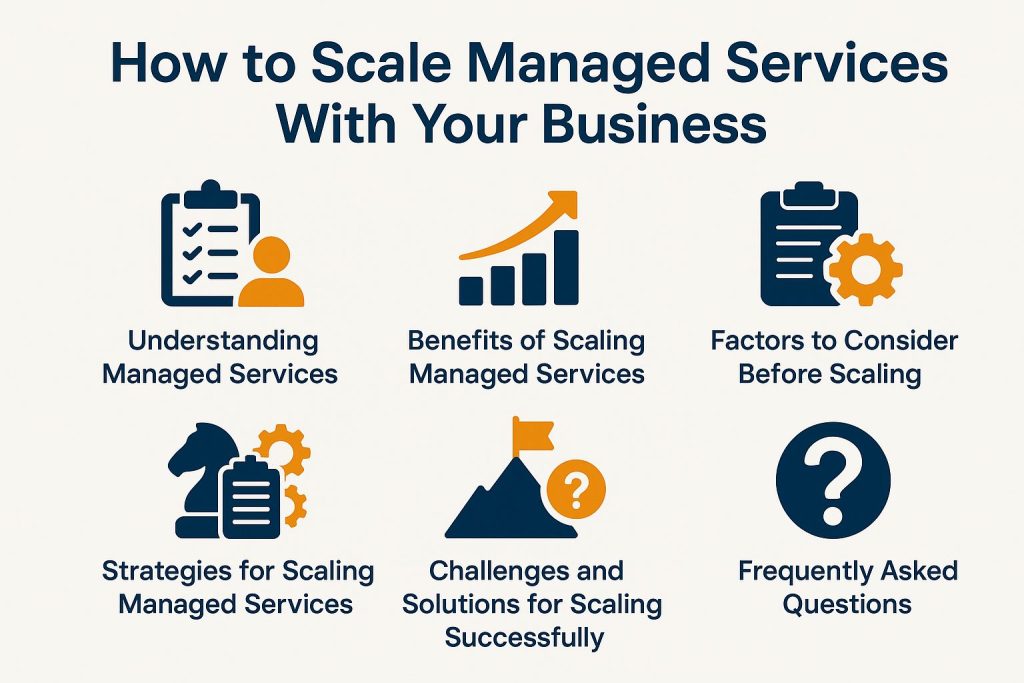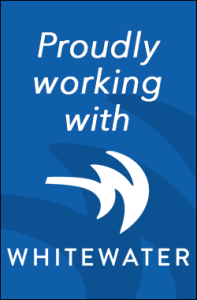How IT Services Help Streamline Electronic Medical Records (EMR)

In today’s healthcare, Electronic Medical Records (EMRs) are vital for patient care and efficiency. This article explores how IT services benefit EMR systems. It includes improved data management and patient communication. Implementing these services is challenging. Cost and data security are significant concerns. The article outlines best practices for optimizing EMRs. This helps healthcare providers deliver exceptional care and navigate modern technology.
What are EMRs and Why are They Important?
Electronic Medical Records (EMRs) are digital versions of a patient’s paper chart. They enhance data management in healthcare. EMRs facilitate the tracking of patient records over time, enabling healthcare providers to access critical clinical data quickly and efficiently, thereby improving overall patient care.
This system is essential for sharing information. It ensures stakeholders understand patient histories and treatment plans. Consequently, EMRs play a significant role in enhancing patient outcomes and operational efficiency.
EMRs streamline care coordination by digitizing vital patient information. Healthcare professionals can monitor treatment progress and adjust therapies, enhancing efficiency. The integration of this technology reduces the likelihood of errors associated with paper records and promotes the timely sharing of important clinical data among doctors, nurses, and specialists.
Thus, EMR implementation fosters collaboration. Healthcare teams can use a streamlined approach for patient management. This technology ultimately gives the power to healthcare providers to concentrate more on direct patient interactions, leading to improved patient satisfaction and health outcomes.
Benefits of IT Services for EMRs
The integration of IT services for Electronic Medical Records (EMRs) presents significant advantages that facilitate digital transformation within healthcare systems, including improved interoperability and workflow automation.
These services contribute to substantial workflow optimization, allowing healthcare providers to access accurate patient information efficiently, which enhances data accuracy and improves patient engagement.
With the implementation of advanced software solutions, healthcare providers are better positioned to manage patient records, streamline administrative processes, and ultimately improve the quality of care delivered, aligning with healthcare innovations (for more on managing IT services in healthcare, see our Charleston IT Services ).
Efficient Data Management and Accessibility
Efficient data management and accessibility are essential components of modern Electronic Medical Records (EMRs), ensuring that healthcare personnel can swiftly retrieve and share vital patient information. By utilizing cloud computing technologies, healthcare providers can significantly enhance their data management capabilities, facilitating remote access to patient records while upholding stringent data security and privacy standards. Leveraging robust cybersecurity services ensures that sensitive information remains protected against potential threats.
This approach supports real-time information exchange. It also improves patient safety by reducing errors in medical records. As healthcare analytics tools become more integrated, they give the power to institutions to extract valuable insights from extensive datasets, ultimately resulting in improved care outcomes and enhanced operational efficiency.
The combination of these elements fosters a more interconnected healthcare environment, where timely interventions and well-considered choices are crucial for effectively addressing patient needs.
Improved Patient Care and Communication
The implementation of Electronic Medical Records (EMRs) significantly enhances patient care and communication among healthcare providers. By centralizing patient information, EMRs streamline system integration and clinical workflows, allowing practitioners to access vital data quickly. This improvement in accessibility enhances the user experience for both providers and patients.
The interconnected approach of EMRs improves communication among healthcare teams. This leads to better coordination in patient care.
EMRs help reduce errors and duplicate tests. This saves time and resources. When healthcare professionals use these systems together, they can make informed treatment decisions. This leads to more personalized care for each patient.
Furthermore, the intuitive interfaces of modern EMRs help providers have meaningful conversations with patients. This builds trust and improves satisfaction. As these systems evolve, better clinical workflows will improve patient outcomes and healthcare delivery.
Challenges in Implementing IT Services for EMRs
.jpg_01.jpeg)
Implementing IT services for EMRs has many benefits, like better medical billing and data integration. However, there are challenges to overcome for success.
Key issues, such as cost constraints, user training, and training considerations, can impede healthcare providers from fully leveraging the advantages of EMRs. Furthermore, data security and healthcare compliance are critical concerns that require a strategic approach to mitigate potential risks and ensure adherence to regulatory standards.
Cost and Training Considerations
Cost and training considerations are essential for the successful implementation of IT services for Electronic Medical Records (EMRs). Healthcare providers must thoroughly evaluate the expenses related to software implementation and ongoing maintenance while also investing in comprehensive training programs to ensure staff proficiency.
By addressing these factors, organizations can improve efficiency, standardize documentation, and increase their return on investment.
The financial implications extend beyond mere acquisition costs; they include the potential for reduced paperwork, improved patient outcomes, and streamlined workflows that can significantly offset initial expenditures.
As providers use advanced software, specialized training is crucial. Staff must not only understand the functionalities of EMRs but also adapt to new workflows that enhance data entry, retrieval, and patient management.
Sufficient training guarantees that staff members are competent and confident in utilizing these systems, which directly affects the quality of care delivered.
Ultimately, the connection between IT investment and training is vital for operational excellence and sustainability in healthcare practices, ensuring quality improvement.
Data Security and Privacy Concerns
Data security and privacy concerns represent significant challenges in the implementation of IT services for Electronic Medical Records (EMRs) that must be addressed. As healthcare providers increasingly depend on digital solutions, the necessity for robust data governance frameworks and compliance with regulatory standards becomes critical. Ensuring data integrity and patient confidentiality is essential for maintaining trust and safeguarding sensitive information within healthcare IT systems, thus complying with regulatory requirements.
To effectively tackle these challenges, healthcare organizations should adopt strong data governance strategies. These should outline clear data handling protocols. Training employees on best practices is vital to minimize the risk of breaches, ensuring that all staff members understand the importance of protecting patient information.
Utilizing advanced technologies, such as encryption and access controls, can significantly enhance security measures. Regular audits to evaluate compliance with regulations like HIPAA not only protect patient privacy but also improve overall operational efficiency.
Ultimately, these initiatives are crucial for establishing a secure environment where healthcare providers can concentrate on delivering quality patient care without compromising data security.
Best Practices for Streamlining EMRs with IT Services
To maximize the benefits of IT services in managing Electronic Medical Records (EMRs), healthcare organizations should adopt best practices that promote effective collaboration and integration.
These practices allow smooth communication among healthcare providers. This ensures user adoption and improves EMR functionality. By implementing strategic integration services, organizations can streamline workflows and improve overall patient care coordination.
Collaboration and Integration Strategies
.jpg_10.jpeg)
Collaboration and integration strategies enhance Electronic Medical Records (EMRs) in healthcare workflows. Effective communication among systems helps healthcare providers manage clinical data efficiently. This improves patient care and streamlines operations.
Effective integration allows seamless information exchange. This is critical for healthcare analytics and decision-making processes.
This integration not only enriches the data available to clinicians but also promotes an environment where multidisciplinary teams can collaborate more cohesively. Strategies such as interoperability initiatives, standardized data formats, and the utilization of application programming interfaces (APIs) play a pivotal role in this integration.
When healthcare IT systems share relevant clinical documentation in real time, they reduce administrative burdens. This enhances the accuracy of patient records management.
This shift moves the focus from managing data silos to a patient-centered approach. Timely access to health information fosters better outcomes and coordinated care with enhanced provider efficiency.
Continuous Training and Software Support for Staff
Continuous training and staff support maximize the effectiveness of Electronic Medical Records (EMRs) implementation. Ensuring that healthcare providers receive ongoing education and resources fosters a positive user experience and enables them to adapt to software upgrades and new functionalities seamlessly. By prioritizing end-user training, organizations can improve staff competency and, ultimately, enhance overall patient care.
This commitment to education empowers healthcare professionals. It builds their confidence in navigating complex systems. Frequent updates and training sessions keep staff informed about the latest features and best practices, significantly reducing the likelihood of errors associated with unfamiliar technology.
Healthcare organizations that emphasize robust support mechanisms create an environment where staff members feel valued and capable. By nurturing skills and knowledge, these organizations cultivate efficient workflows. This leads to improved clinical outcomes and increased patient satisfaction.
Frequently Asked Questions
What are IT services and how do they help streamline electronic medical records (EMR)?
IT services are technologies, processes, and practices that manage and deliver IT solutions to healthcare organizations. In the context of electronic medical records, IT services play a crucial role in streamlining the process of managing and accessing patient data exchange, improving efficiency and accuracy, and enhancing overall patient care.
What are the benefits of using IT services for electronic medical records (EMR) management?
.jpg_11.jpeg)
IT services streamline EMR by automating data entry and retrieval. They reduce errors and improve communication among healthcare providers. This leads to improved accuracy, efficiency, and overall quality of patient care.
How do IT services ensure the security and privacy of electronic medical records (EMR)?
IT services use security measures like encryption, access controls, and data backups. These protect electronic medical records from unauthorized access and theft. These measures help comply with privacy regulations, such as HIPAA, and maintain the confidentiality of patient information.
What role do IT services play in the interoperability of electronic medical records (EMR)?
IT services facilitate sharing patient data across healthcare systems. They ensure compatibility and standardization of data formats and protocols. This allows for better coordination and continuity of care for patients.
How do IT services help healthcare organizations meet regulatory requirements for electronic medical records (EMR)?
IT services help create, store, and manage electronic medical records. They ensure compliance with regulations like HIPAA and HITECH. This includes regular security audits, data integrity maintenance, and access controls to protect patient information.
What common challenges do IT services address in managing electronic medical records (EMR)?
IT services address challenges like data entry errors, inconsistencies, and slow retrieval. These issues can impact patient care quality and increase administrative burdens. By automating processes, IT services ensure data accuracy and accessibility. This helps healthcare organizations improve efficiency and patient outcomes.




